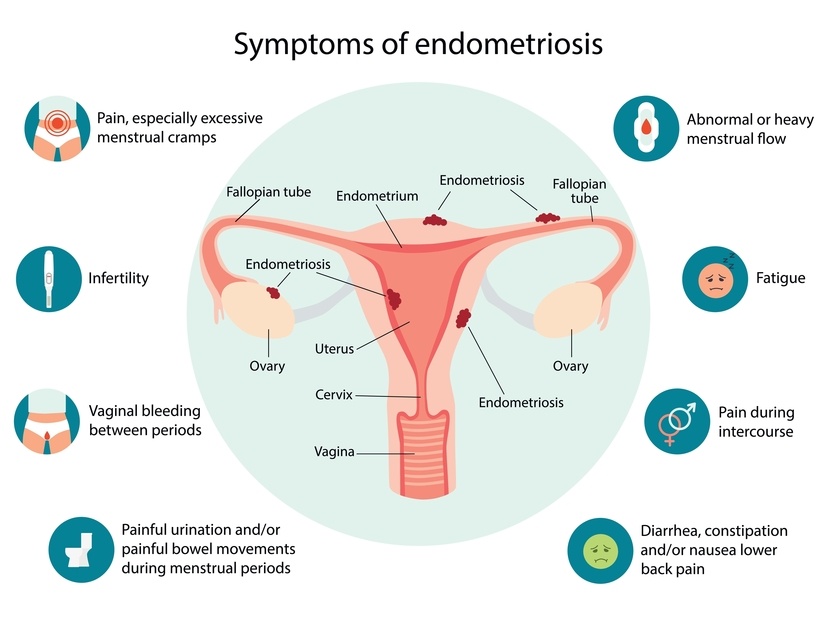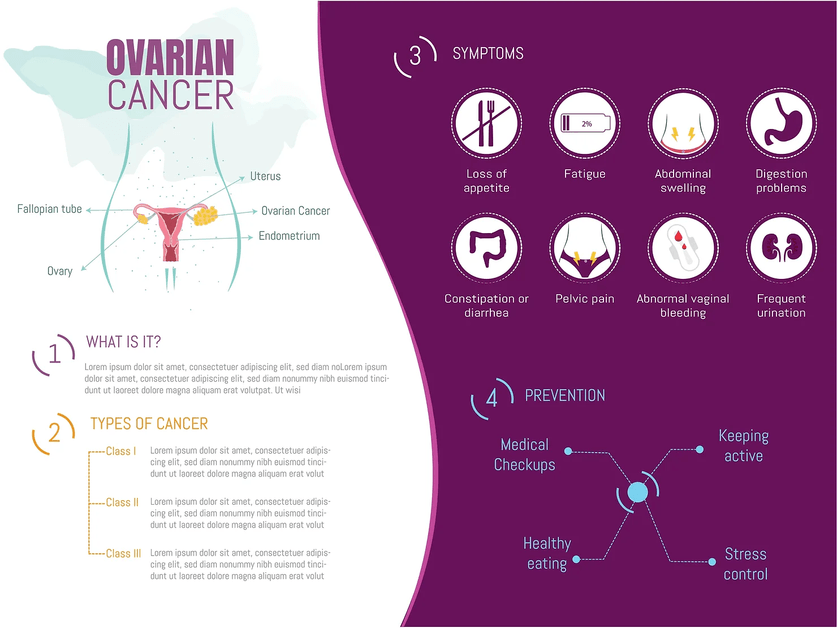I have walked 100 miles this month to bring awareness to Ovarian Cancer. I have done this to support Treena Wilder, who has this disease, and in memory of my mum Anne Palmer, who sadly passed away from the disease in 1994, 30 years ago this year.

Raising money was just one of the goals, and the other was to raise awareness of Ovarian Cancer.
A cancer diagnosis can be overwhelming; we are suddenly sitting in a lake and have no buoyancy aid or do not have the skills to get to the edge. My experience so far on hearing the word cancer:-
When my mum was diagnosed with cancer, I just buried my head in the sand. If I didn’t talk about it, it was not happening, and if we read get-well cards, it would all be ok. I was unprepared, didn’t have the knowledge to understand, and had no support or guidance to help me help my mum or myself.

Twenty-eight years later, when my husband was diagnosed with Bowel Cancer and our daughter with Breast Cancer, there were differences. Firstly, both John and Debbie had a diagnosis because of screening for the disease. Early detection has far better outcomes. The whole process of how you are given the information during appointments has improved so that fear and anxiety are considerably reduced. I was also much better informed. I could take all the information given and explain it to John in a way he understood. I was able to research treatments, side effects, and surgery options for Debbie. There are also multidisciplinary teams in place and support at the end of the phone for any worries and questions.
You need enough information to be aware, in control, and empowered; this reduces fear and anxiety.
Anatomy of the Ovary
Structure
The ovaries are small egg-shaped glands sitting on either side of the uterus, and although they sit in the true pelvis, they also protrude into the peritoneal cavity.

The ovaries are the female gonad and are surrounded by connective tissue. The superior pole is covered by the finger-like projections known as fimbriae of the fallopian tube. The suspensory ligament attaches the ovary to the posterior wall of the pelvis and houses the ovarian vessels. There is another ligament known as the proper ligament, which does not house vessels. Did you know that although neonatal females possess around one million primordial follicles (the basic functional unit of female reproduction), over 95% will degenerate by puberty? The ovaries alter with age, reaching peak volume around age 20 and slowly decreasing.

Function
-
It is the female gonad
-
The female reproductive organ housing the egg
-
Production of hormones
What can go wrong?
These pathologic processes can occur: Ectopic pregnancies, abscesses, hormonal imbalances and cysts and Ovarian Cancer.
Ovarian Cancer
-
Major risk factors: Older age, genetics, family history, HRT, not having children, dietary fat.
-
(2016-2018) 21 new cases each day, around 7500 in the UK
-
1 in 56 UK women will be diagnosed with the disease (cancer research)
-
Around 90% are epithelial and high-grade serous ovarian cancers
-
Unlike other female cancers that have early warning symptoms, ovarian cancer symptoms are non-specific.
-
More than 70% of the women diagnosed will survive one year, 45-50% five years, and 35% ten years.
Signs and symptoms
-
Back pain
-
Pain during sex
-
A swollen tummy or feeling bloated
-
Pain (tenderness) in your tummy or pelvis
-
Feeling full quickly when eating – Acid reflux
-
Fatigue
-
bowel changes
-
Urgency to pee or going more often
-
Menstrual changes
These symptoms can all be put down to other things or ignored, as they are not severe enough to stop you from carrying on with everyday life.
Women’s Health is being given much more attention these days, and Endometriosis is one of the chronic and debilitating conditions affecting women.
It is an inflammatory disease. Endometriosis is another condition that can affect a woman’s reproductive system. Tissue similar to the uterus (womb) lining grows outside the uterus and on other structures in the pelvis, such as the ovaries and fallopian tubes. It is very often linked with menstrual periods and can start as soon as you start your periods. It is most common in women in their 30s and 40s.

According to a study in 2020 (The Burden of Endometriosis on Women’s Lifespan), around 10% of women of reproductive age will be affected. The inflammatory reaction can cause “pain symptoms”, Painful periods and abdominal cramps, painful sex, difficulty or pain when you poo, and pain, itching, and burning when you wee. It can lead to chronic pelvic pain.
Where this tissue grows might depend on the symptoms, and it is often a progressive disease. It is often more prevalent, 40-60% higher in women who suffer painful periods and those with pelvic pain 71-81%. Endometriosis is painful due to the tissue’s response to the hormonal changes of the menstrual cycle. The lining of the uterus sheds, and we bleed during a period; the tissue that has grown outside the uterus also responds, causing inflammation, scarring, and adhesions to surrounding structures and tissue. Remember that the ovaries protrude into the peritoneal cavity and if the endometrial tissue grows here it can affect the tissue and organs here, so the symptoms could be felt here or referred .
Signs and Symptoms
-
Painful Periods
-
Pain during or after sex
-
Chronic pelvic pain
-
Bloating and pain after eating
-
Fatigue
-
Difficulty getting pregnant (Infertility)
As you can see, the symptoms are very similar.
The subtle differences
-
Pain – likely to be constant with Ovarian Cancer. With Endometriosis, it might come and go with your periods.
-
Bloating – With Ovarian Cancer, bloating tends to remain and get worse. Endometriosis, also known as Endo belly comes and goes and is related to gas caused by inflammation, which is often worse during your period.
-
Age – Ovarian Cancer, the most common type, is found in women over 50. Endometriosis is diagnosed more often in women during reproductive years.
-
Symptoms – Ovarian Cancer symptoms come on more quickly; bloating is often more pronounced and does not disappear. Endometriosis progresses slowly due to the inflammatory process with each menstrual cycle, so the symptoms develop gradually.
A woman’s experience leading to an Ovarian Cancer diagnosis is different.

Please go to your GP if you have any of the symptoms mentioned. Feel free to visit on more than one occasion, you are the expert when it comes to awareness of your body. Track your symptoms, and I mean write them down. Ladies, track your periods now and encourage your daughters, sisters and friends to do the same. What is your experience each month? Write them down in your diary; this can help when going to a health practitioner, as you have a history of changes.
Target Ovarian Cancer has excellent information, and they have people you can speak to if you have concerns or need help.
Be aware, source the information now, track your periods, track your symptoms. Knowledge is power and will reduce anxiety and stress which are also known to create a low level inflammatory response.

